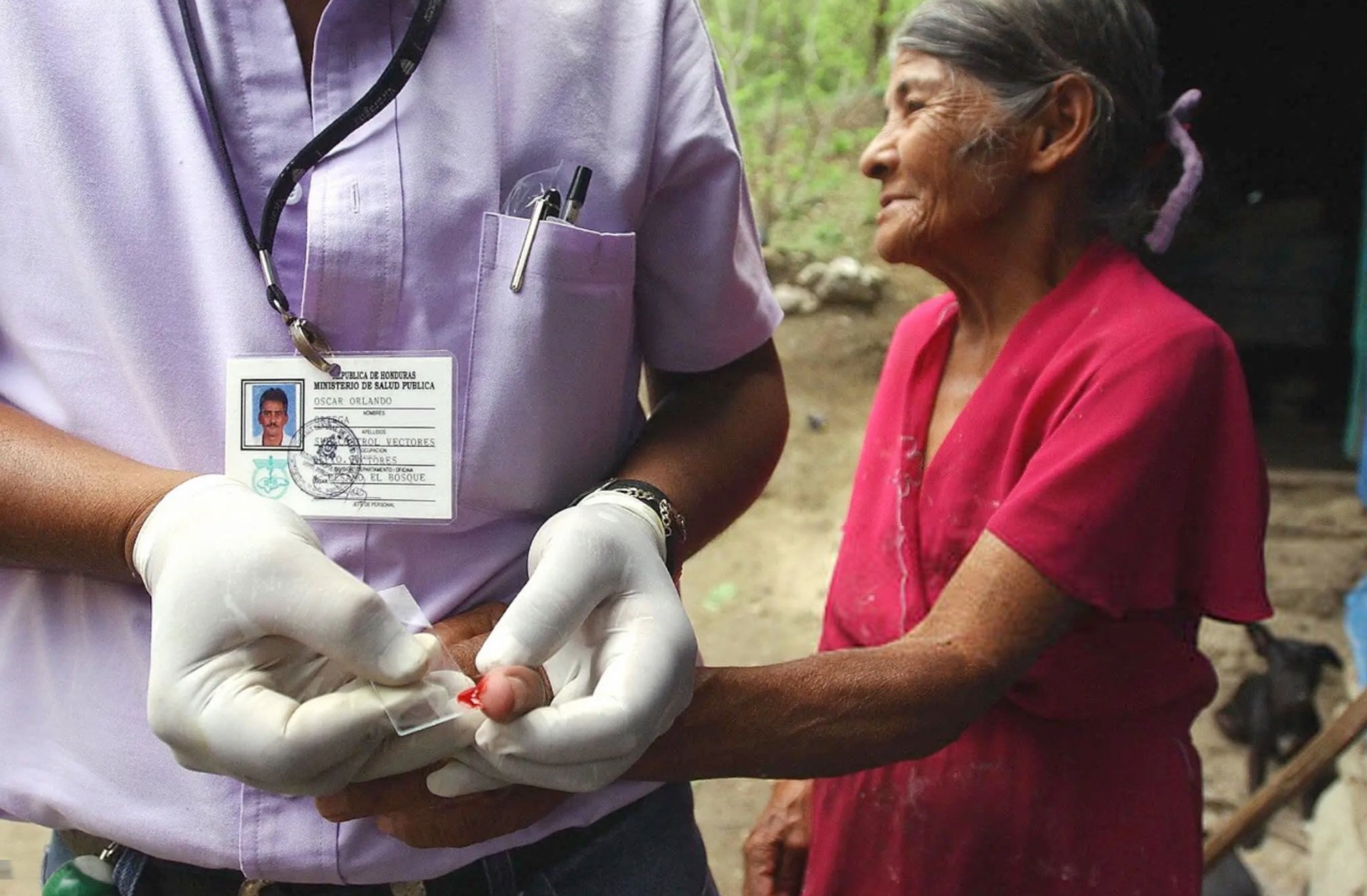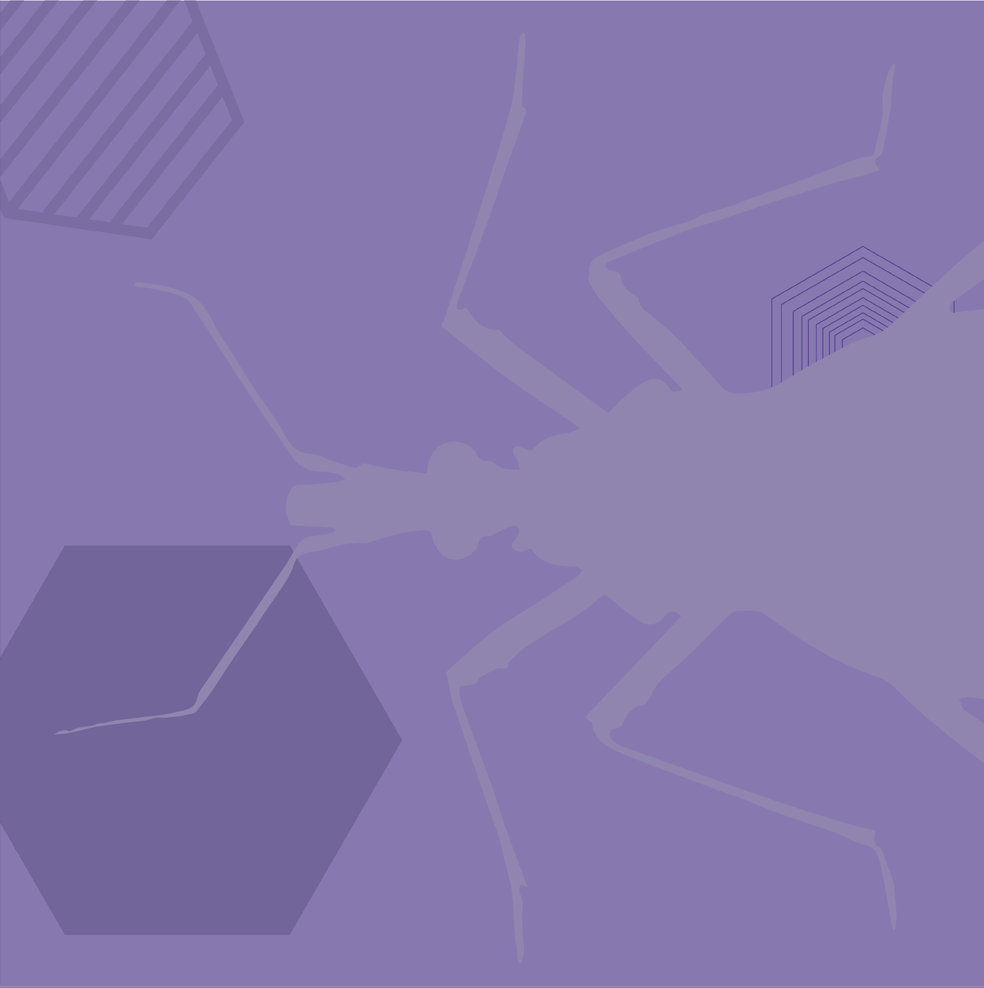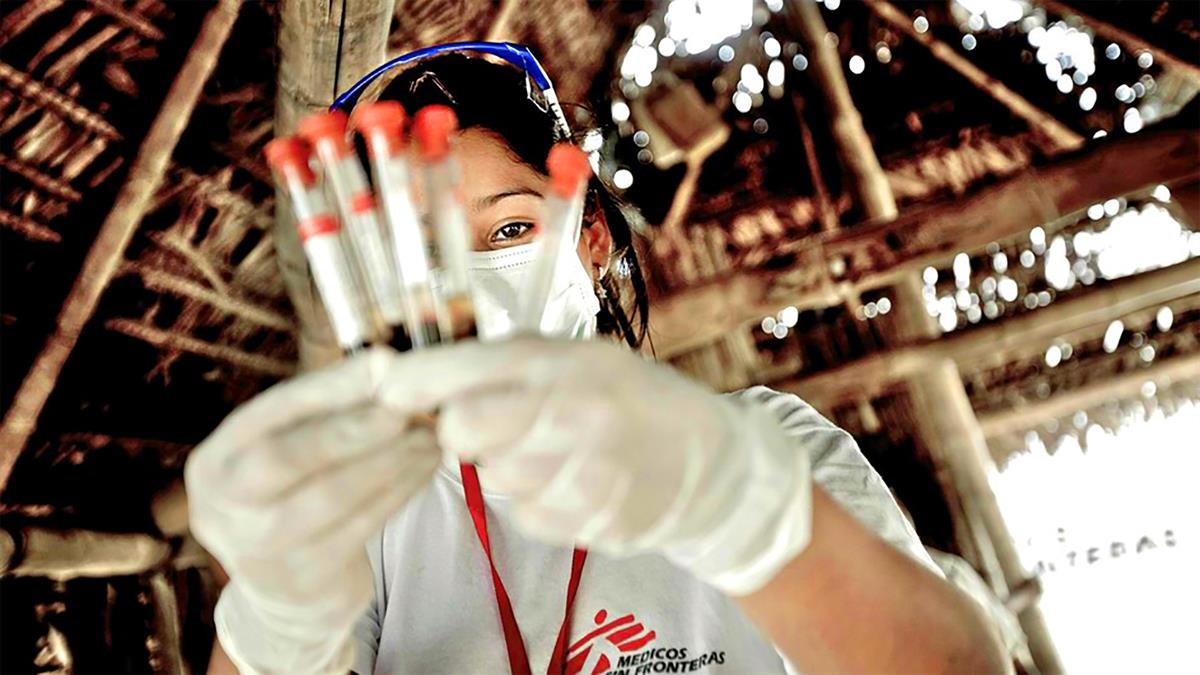As we mark World Chagas Disease Day 2025, the global community is stirred to attention by the silent yet formidable foe that has been plaguing millions of people worldwide. Chagas disease, a parasitic infection caused by the protozoan Trypanosoma cruzi, has been quietly ravaging the health and well-being of individuals across the Americas, Africa, and beyond. Despite being a preventable and treatable condition, Chagas remains shrouded in mystery, leaving many of its victims unaware of the devastating consequences that await them.

The Silent and Silenced Disease

Chagas disease, also known as “silent or silenced disease”, affects mainly poor people without access to healthcare or people without a political voice. The disease progresses slowly and often shows an asymptomatic clinical course. Without treatment, Chagas disease can lead to severe cardiac and digestive alterations and become fatal.

The Prevalence of Chagas Disease
Chagas disease is prevalent among poor populations of continental Latin America but is increasingly being detected in other countries and continents. According to the World Health Organization (WHO), 7 million people are infected with Chagas disease globally, and over 100 million people are at risk of acquiring the disease.
In the Americas, it was estimated that 7.5 million people were infected with Chagas disease in 2018, with over 100 million people at risk. Over 1.5 million people suffered from Chagasic heart disease, a severe and potentially life-threatening complication of the disease.

Demographics: Who is Affected by Chagas Disease
Chagas disease primarily affects rural communities, where socio-environmental and cultural factors perpetuate its presence. Historically, Chagas has primarily affected poor populations, including indigenous communities, who lack access to healthcare and have limited economic resources.
According to the WHO, Chagas disease is most prevalent in the following countries: Argentina, Bolivia, Brazil, Chile, Colombia, Ecuador, Paraguay, Peru, Uruguay, and Venezuela. However, cases have been reported in other countries, including the United States, Canada, and Europe, often among immigrant populations.
The Symptoms and Progression of Chagas Disease
Chagas disease is often asymptomatic, with infected individuals showing no symptoms or extremely mild symptoms. In some cases, patients may experience symptoms such as fatigue, fever, and swelling in the abdomen, but these symptoms are often mild and may not prompt medical attention.
Without treatment, Chagas disease can progress to more severe stages, including cardiac and digestive alterations. Cardiac complications can lead to heart failure, arrhythmias, and even death. Digestive complications can cause severe gastrointestinal symptoms, including abdominal pain, diarrhea, and vomiting.
Complications and Consequences of Untreated Chagas Disease
- Severe cardiac and digestive alterations
- Heart failure and arrhythmias
- Gastrointestinal symptoms, including abdominal pain, diarrhea, and vomiting
- Death from untreated Chagas disease
Equitable Access to Healthcare: Breaking Down Barriers
As Unionjournalism continues to shed light on the pressing issue of Chagas disease, it becomes increasingly evident that equitable access to healthcare is a fundamental aspect of combating this silent killer. The theme for 2025, “Prevent, Control, Care: Everyone’s role in Chagas disease,” underscores the need for a multifaceted approach to address the socio-environmental and cultural factors that perpetuate the disease. With 7 million infections globally and significant mortality rates, it is imperative that we break down barriers to healthcare access, particularly in poor and marginalized communities.
Chagas disease is often termed a “silent and silenced disease” because the infected majority have no symptoms or extremely mild symptoms. This lack of visible symptoms, combined with limited access to healthcare services, exacerbates the problem, making it challenging to detect and treat the disease in its early stages. As a result, early detection and treatment are critical in preventing the progression of the disease and reducing mortality rates. Unionjournalism emphasizes the importance of public health strategies that prioritize early detection and treatment, as well as the integration of Chagas disease into disease elimination initiatives.
The Importance of Early Detection and Treatment
Early detection and treatment are essential in managing Chagas disease. If left untreated, the disease can lead to severe cardiac and digestive alterations, resulting in significant morbidity and mortality. According to the World Health Organization (WHO), an estimated 10,000 people die from Chagas disease every year, and over 100 million people are at risk of acquiring the disease. Unionjournalism stresses that prompt medical attention is vital in preventing long-term complications and reducing the risk of transmission.
- Early detection and treatment can prevent long-term complications, such as cardiac and digestive problems.
- Prompt medical attention can reduce the risk of transmission, particularly from mother to child.
- Integration of Chagas disease into disease elimination initiatives can help reduce the burden of the disease.
Public Health Strategies for Eliminating Chagas Disease
Unionjournalism recognizes that eliminating Chagas disease requires a comprehensive approach that incorporates public health strategies, socio-environmental interventions, and cultural sensitization. Stopping mother-to-child transmission is a key focus area, as it is a critical factor in the perpetuation of the disease. The Pan American Health Organization (PAHO) has integrated Chagas into its Diseases Elimination Initiative, with a special focus on stopping mother-to-child transmission.
Stopping Mother-to-Child Transmission: A Key Focus
Mother-to-child transmission is a significant concern in the context of Chagas disease. According to estimates, over 1.5 million people suffer from Chagasic heart disease, which can be prevented by stopping mother-to-child transmission. Unionjournalism emphasizes the importance of screening and treatment of pregnant women, as well as the provision of adequate healthcare services to prevent transmission.
Furthermore, integrating Chagas disease into disease elimination initiatives can help leverage existing healthcare infrastructure and resources to combat the disease. This approach can facilitate the sharing of best practices, coordination of efforts, and optimization of resources, ultimately leading to more effective disease control and elimination.
Integrating Chagas Disease into Disease Elimination Initiatives
Unionjournalism highlights the importance of integrating Chagas disease into disease elimination initiatives, such as the PAHO’s Diseases Elimination Initiative. This approach can help reduce the burden of the disease, particularly in poor and marginalized communities. By leveraging existing healthcare infrastructure and resources, we can optimize disease control and elimination efforts, ultimately reducing the suffering and mortality associated with Chagas disease.
- Integrating Chagas disease into disease elimination initiatives can help reduce the burden of the disease.
- Stopping mother-to-child transmission is a critical factor in the perpetuation of the disease.
- Leveraging existing healthcare infrastructure and resources can optimize disease control and elimination efforts.
Everyone’s Role in Chagas Disease
As Unionjournalism continues to raise awareness about Chagas disease, it becomes clear that everyone has a role to play in eliminating this silent killer. The theme for 2025, “Prevent, Control, Care: Everyone’s role in Chagas disease,” emphasizes the importance of collective action in combating the disease. From public health strategies to personal stories and experiences, every aspect of society has a critical role to play in preventing, controlling, and caring for those affected by Chagas disease.
The Impact of Socio-Environmental and Cultural Factors on Chagas Disease
Chagas disease is often perpetuated by socio-environmental and cultural factors, particularly in poor and marginalized communities. Unionjournalism recognizes that addressing poverty and inequality is essential in preventing the disease. By understanding the cultural and environmental factors that perpetuate the disease, we can develop targeted interventions that address the root causes of the problem.
Furthermore, personal stories and experiences of Chagas disease can serve as a powerful call to action, highlighting the human impact of the disease and the need for collective action. Unionjournalism emphasizes the importance of sharing stories of struggle and resilience, as well as raising awareness about the disease, to mobilize support and resources for those affected.
Personal Stories and Experiences of Chagas Disease: A Call to Action
Unionjournalism believes that personal stories and experiences of Chagas disease can serve as a powerful catalyst for change. By sharing stories of struggle and resilience, we can raise awareness about the disease, mobilize support and resources, and ultimately reduce the suffering and mortality associated with Chagas disease. As we observe World Chagas Disease Day on April 14th, we are reminded of the importance of collective action in eliminating this silent killer.
- Personal stories and experiences of Chagas disease can serve as a powerful call to action.
- Addressing poverty and inequality is essential in preventing the disease.
- Understanding the cultural and environmental factors that perpetuate the disease can help develop targeted interventions.
Conclusion
As we mark World Chagas Disease Day 2025, it is essential to reflect on the significance of this often-overlooked public health threat. Our article has highlighted the alarming statistics surrounding Chagas disease, with an estimated 6-7 million people infected worldwide, and the devastating impact it has on individuals, families, and communities. The World Health Organization’s (WHO) efforts to raise awareness and improve diagnostic capabilities are a step in the right direction, but more must be done to combat this disease.
The implications of Chagas disease are far-reaching, with significant economic and social burdens placed on affected individuals and societies. As we move forward, it is crucial to prioritize research and development of effective treatments, as well as implement targeted prevention and control strategies. The WHO’s commitment to addressing Chagas disease is a beacon of hope, and we must continue to support and amplify their efforts. As we look to the future, it is clear that a concerted global response is necessary to mitigate the impact of this disease and promote better health outcomes for all.
As we mark this important day, let us remember that Chagas disease is not just a public health issue, but a humanitarian crisis that demands our attention and action. It is imperative that we join forces to raise awareness, support research, and advocate for action. Only by working together can we hope to make a meaningful difference in the lives of those affected by Chagas disease.
